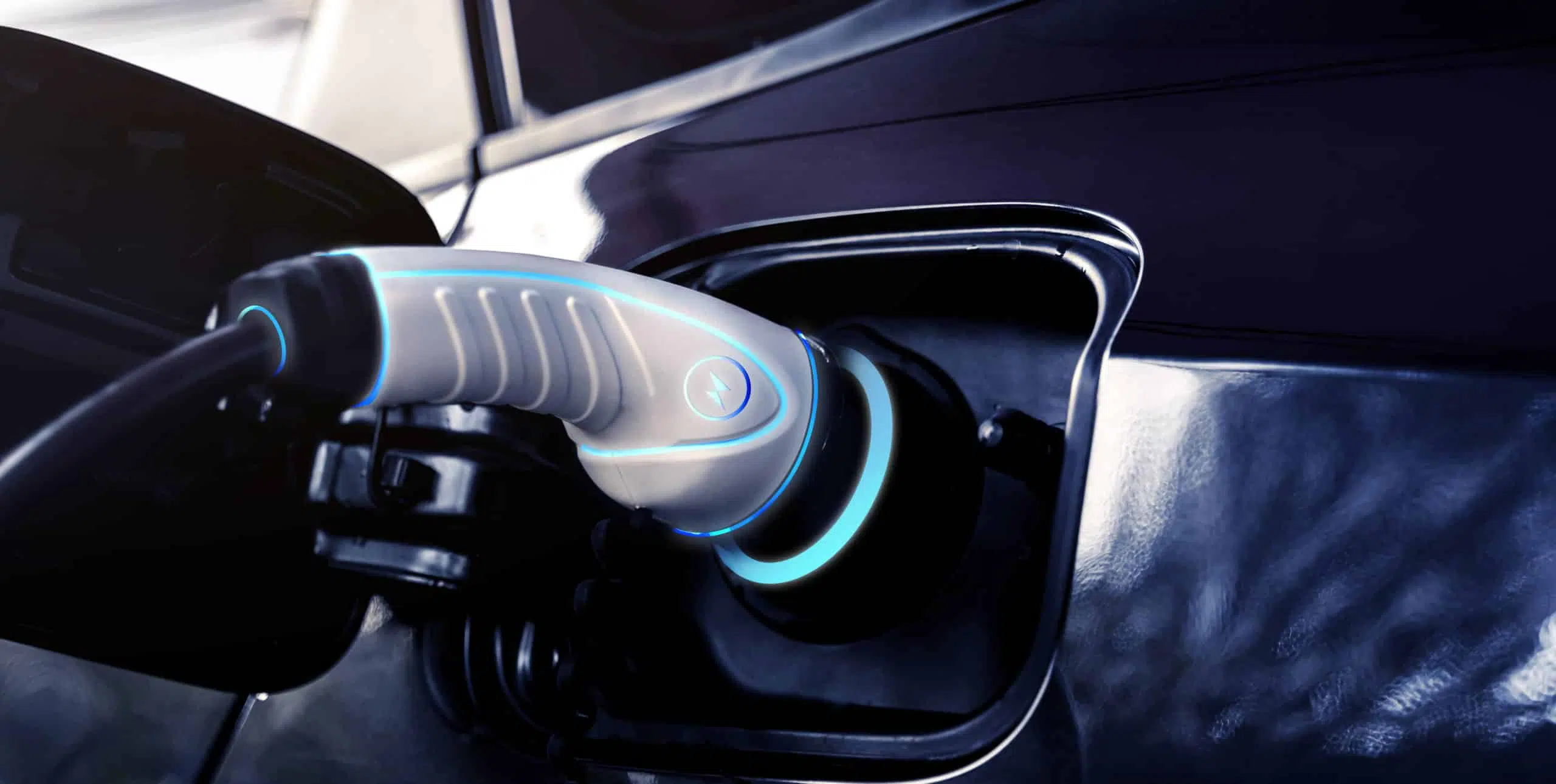- December 15, 2021
- Perspectives, Trending Topics
Three Key Takeaways from the EV Charging Infrastructure Conference


Tim Parker,
PE
Electrical Engineer

Ross Stevens,
PE, LEED AP
Civil Engineer
Electric Vehicle (EV) Charging Infrastructure continues to be a key area of discussion as EV adoption becomes increasingly abundant. The EV Charging Infrastructure Conference brought together EV charging providers, utilities, fleet operators, and other industry leaders to discuss the future of charging infrastructure. In case you missed it, here are our top three takeaways.
1. Charging Speed and Grid Impacts
The federal government has announced $15 billion in infrastructure funding and wants 500,000 chargers on the grid by 2030. As EV adoption becomes more widespread, what load increase will it have on the grid? Fast charging has a larger demand impact, and it is not feasible for all 500,000 chargers to be Level 3 (DC Fast Charging) chargers.
There will need to be a shift in how we think about “fueling” vehicles as we transition from internal combustion engines (ICE) to EVs. One of the main differences in the experience of EV drivers from those that drive traditional ICEs is how they refuel. Many people view EV charging the same way they think about going to the gas station—when you’re low, you stop and quickly refuel in a matter of minutes. However, EV charging is drastically different and should be done while we conduct activities rather than being a chore.
Since EV charging is something that can be done while we dine, shop, sleep, and work, we need to focus on a full charging ecosystem that provides the correct solution for each use case. This means a combination of Level 3, Level 2, and yes, even Level 1 charging. By correctly applying a slower charger to the correct use case, we can significantly decrease the impact electrification has on the grid. Think of DC fast charging like overnighting a letter: you only want to do it when you really need to because it’s more difficult and costs more. This doesn’t mean fast charging is not needed, it just isn’t needed everywhere. In many cases, slower is better due to the reduced impacts to the grid. Additionally, DC fast chargers have a negative impact on the life of the EVs battery which furthers the notion that people should look at them as a luxury and not a necessity in all cases.
2. Helping Underserved Communities
Underserved communities are often in areas with higher levels of pollution. The pollution stems from the community’s proximity to freeways, busy streets, bus routes, refineries, power plants, and other air polluting sources. Residents of these communities have higher rates of heart disease, cancer, and asthma. EVs can play a significant role in reducing emissions in underserved communities.
Many states and municipalities are electrifying their fleets, such as buses and garbage trucks, to help reduce emissions. In addition to electrifying fleets, the Electric Vehicles for Underserved Communities Act was passed earlier this year. This bill requires the Department of Energy to support deployment of EV chargers in underserved communities. One of the biggest barriers to EV adoption is lack of access to EV chargers. By incentivizing the deployment of EV chargers in underserved communities, adoption of EVs within those communities is expected to increase. Coupled with the electrification of municipal fleets, air quality in underserved communities is expected to improve.
3. Incentives Are Needed
Another barrier to entry for EVs today is the cost. According to Car and Driver, by 2023, the cost of an EV could be the same as an ICE vehicle. Until that happens, incentives need to propel the industry forward.
There are several incentives that exist today, and they fall into two categories: rebates for purchasing new EVs and rebates for installing EV charging infrastructure. For widespread adoption, expanded incentives are needed. Here are a few that experts discussed at the conference:
- Programs that encourage installation of EV Supply Equipment (EVSE)
Rebates are good, however, the cost of installing the equipment needed is expensive and many owners are discouraged by the high initial investment. By offering dollars up front, more developers and site hosts will be incentivized to install EVSE. - Lack of incentives for retrofitting existing fleets
Fleet owners and operators want to electrify their fleets; however, the upfront cost is significant, and most incentives do not include the cost of retrofitting their sites to support electrification. Most fleet operators are preparing for future fleets to be electric. If there were incentives to retrofit their existing fleets, many owners and operators would consider altering their plans and accelerate meeting fleet electrification goals. - Off-peak charging incentives
In order to support 100% vehicle electrification, grid capacity will need to double in size. In the meantime, utility providers should consider incentivizing customers to charge their fleets during off-peak charging times. In an ideal scenario, every EV could be plugged in at the end of the day and charge in the evening while the vehicle is not in use. Unfortunately, the grid cannot support this, so incentives will be needed to encourage charging during off-peak times.
Want to know more about how to prepare for the future of EV charging infrastructure? Contact us for help implementing these key takeaways on your next project.
About the Authors

Tim Parker, PE
Tim has more than five years of experience as an electrical engineer specializing in EV charging stations, power distribution, and lighting for private and public clients alike. Working with most major EV charging station suppliers in the U.S., he has managed and assisted with hundreds of Level 2 and DC Fast Charging (DCFC) stations for both existing facilities and new construction, as well as standalone charging facilities. Tim is a specialist in designing electrical infrastructure needed for EV charging stations.

Ross Stevens, PE, LEED AP
Ross began work with EV charging in 2011, managing the design and permitting of many sites in the Mid-Atlantic. Since that time, his experience with EV charging design and project management has enabled him to be a leader in Kimley-Horn’s EV growth—leading nationwide programs with a variety of EV clients.
